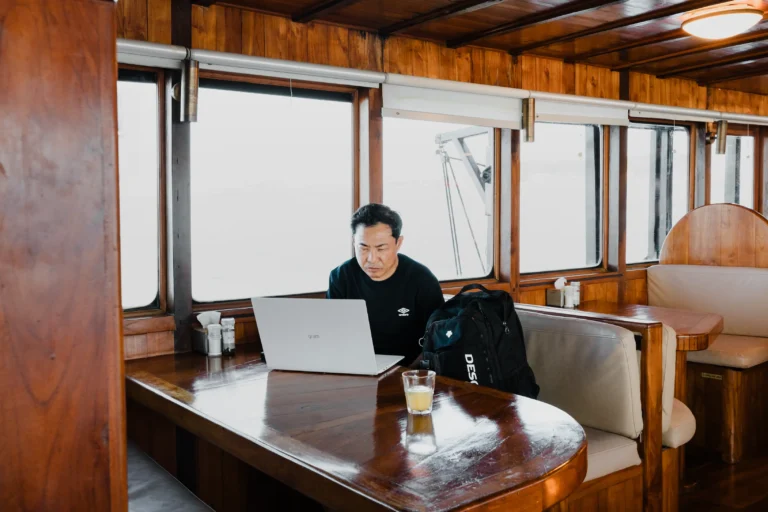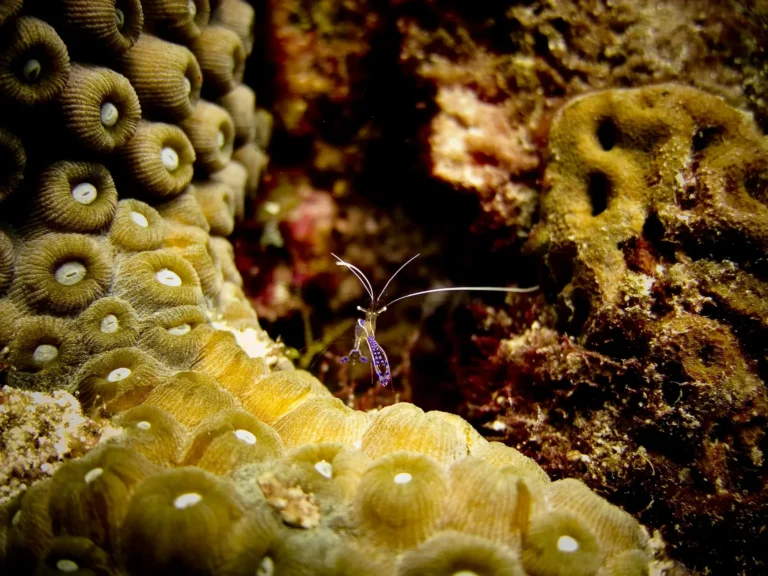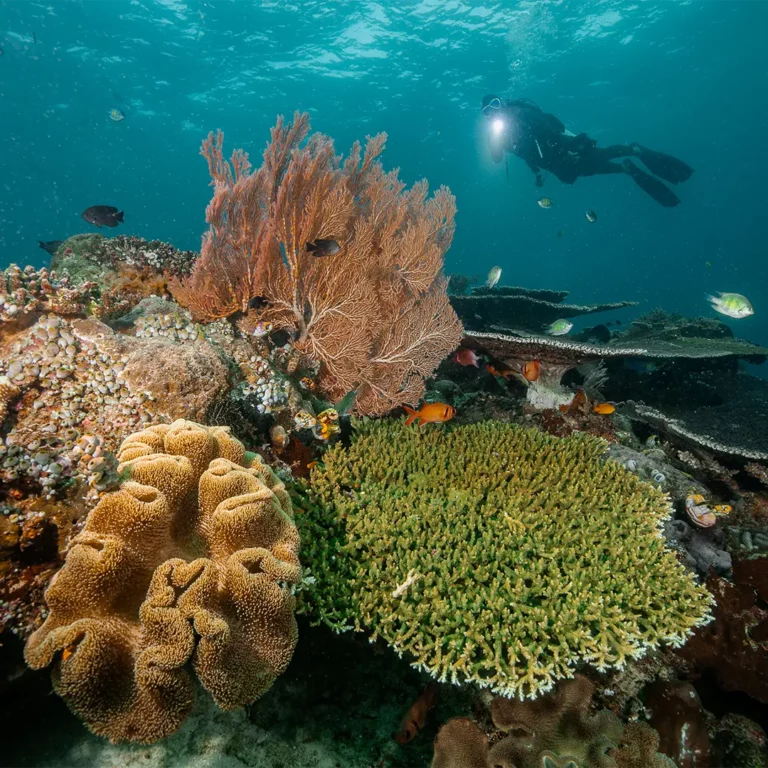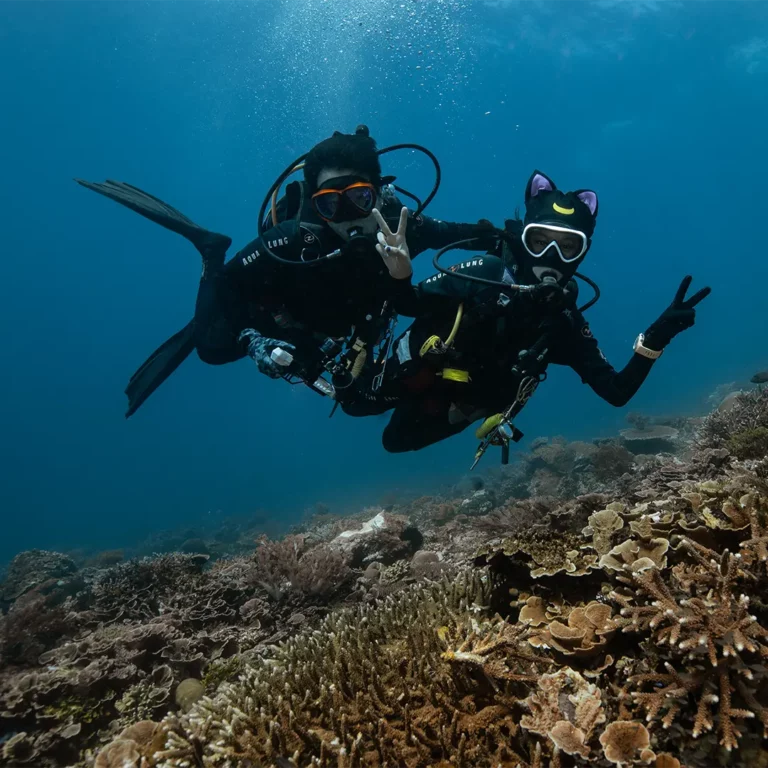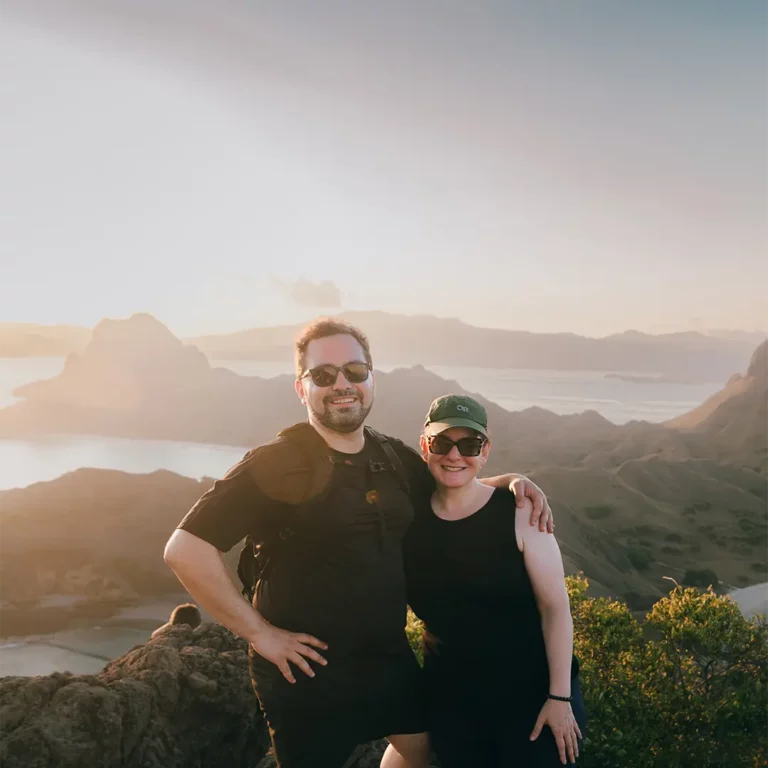Diving is indeed a fun and challenging activity, when diving you can see various underwater species and a variety of unique coral reefs. But do you know about the different types of diving?
In this article we will discuss the differences between recreational diving and technical diving that many may not know.
Most people are recreational divers, using the skill as a hobby to enjoy the beauty of the underwater world, but more and more people are looking into technical diving to expand their range.
Let’s see how recreational diving and technical diving differ.
Technical Diving
Technical diving involves multiple decompression stops during the ascent due to a higher build up of nitrogen during deeper and longer dives. Why do divers decompress? This is done to protect your body from the excess amount of nitrogen in your tissues, which have the potential to form bubbles in your bloodstream, causing serious health problems or even death if not managed correctly.
Technical diving can also mean diving in obstructive areas, such as caves or shipwrecks. In cases like these, aborting the dive and ascending from underwater is very difficult because you are inside a structure that prevents you from rising to the top. This also means that you have to prepare more for the dive itself and beyond.
Finally, technical diving usually also involves the use of different gas mixtures. In the past, any use of nitrox mixtures was called technical diving, but with modern dive computers, it has become easier to dive with different gas mixtures. Thus, diving with nitrox is gaining popularity in the recreational diving area.
Diving with multiple dive mixtures can be referred to as technical diving, while diving with one dive mixture (air and/or nitrox) is considered recreational diving. However you need to be certified specifically for the activity before doing nitrox diving.
Technical diving carries more risks, diving experience helps you make intuitive decisions as you will have less time to react in case of an emergency.
Recreational Diving
“Recreational” means “for fun”, which is the goal of recreational scuba diving. However, when people hear the word “recreational diving”, they usually mean a specific amount of limits, instruction, and equipment.
Even if the scuba instructor teaching you recreational diving is a professional, we still refer to the dive as “recreational scuba diving.”
Recreational scuba diving is therefore defined as diving no more than 40 metres (130 feet) within the no-deco stop limits of a recognised dive table or dive computer.
When diving in an overhead environment, the horizontal and vertical distance to the surface should not exceed 40 metres/130 feet, and light from the surface should always be visible.
You must have an entry-level certification (typically called open water), to participate in recreational scuba diving without direct professional supervision.
ALSO READ : What is Drift Diving? Gear and Who Can Drift Dive
What Makes Technical Diving and Recreational Diving Different
The short answer is the depth of the dive and the riskiness of the type of dive.
Recreational diving is a good choice for beginners or someone that wants a more relaxing hobby, because it is easier and safer. You stay safe and always have quick access if needed.
Technical diving is more difficult and requires more preparation and skill. Using different gas mixtures also usually requires additional equipment. A dive computer that can handle multiple gases and a Buoyancy Control Device that can hold more than one tank for side mount diving are two possible examples. Also, keep in mind that technical dives can be deeper or longer, so you should consider staying warm. To stay warm, you may need to wear a dry suit or a 8mm + wetsuit.
With the improvement of diving equipment, some aspects of technical diving have now crossed over into recreational diving. Many dive computers, even those for beginners, can now handle gas mixtures. This has definitely brought nitrox diving into the recreational world rather than being kept in the technical realm.


